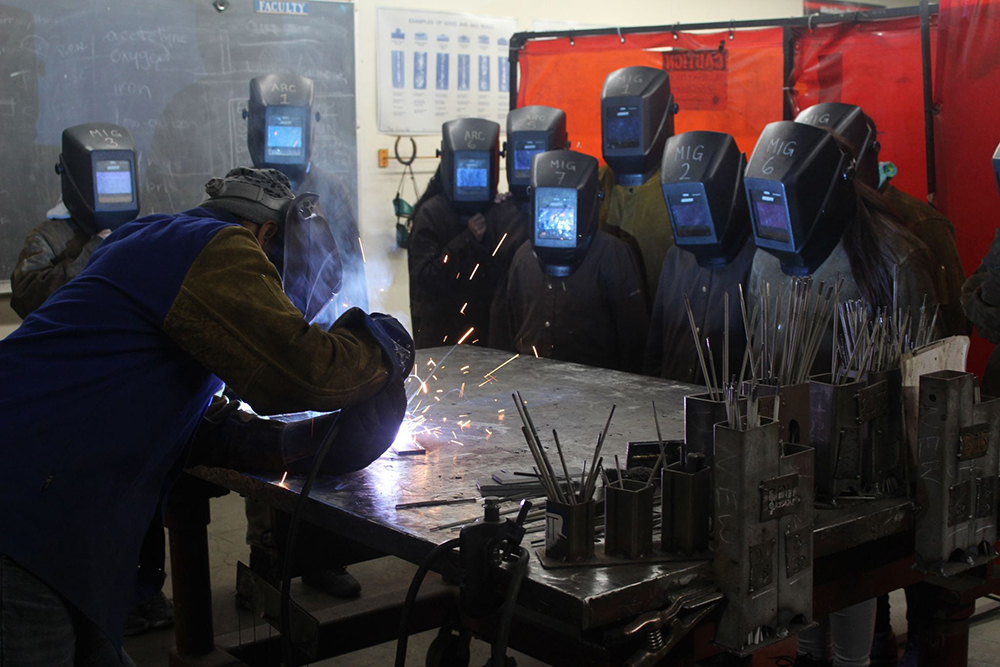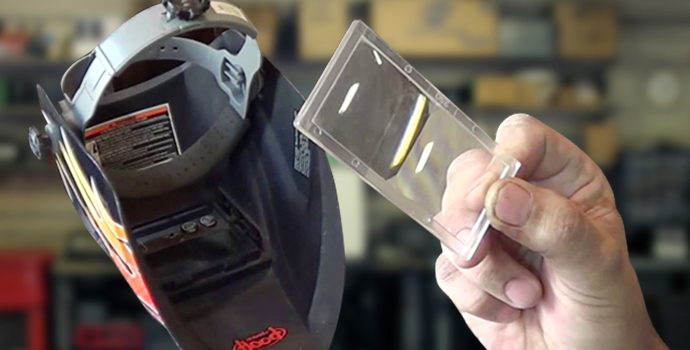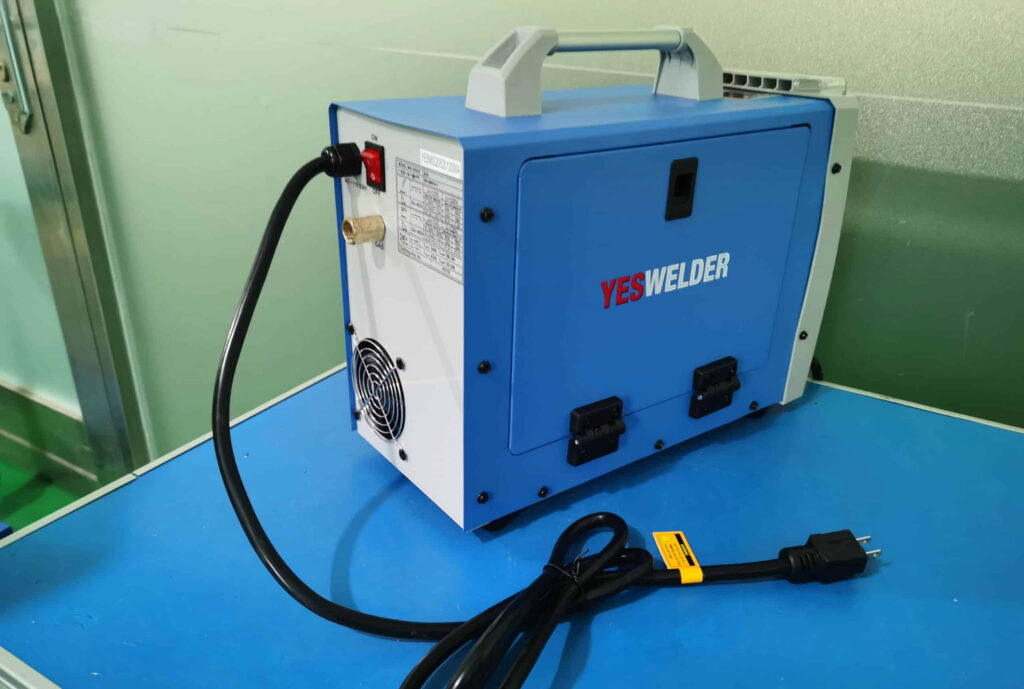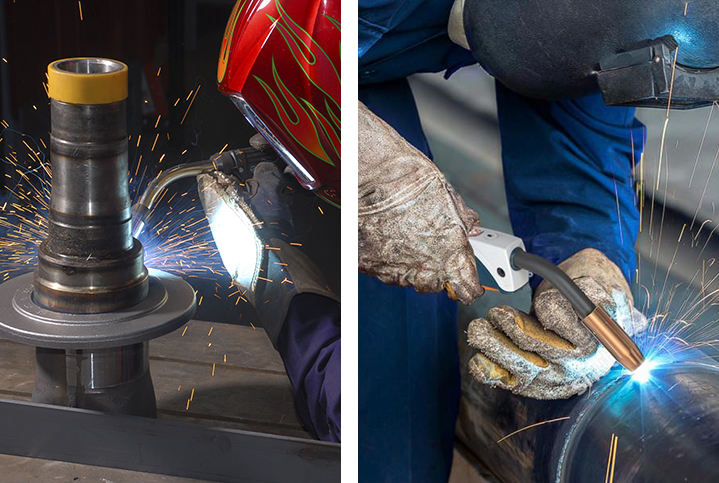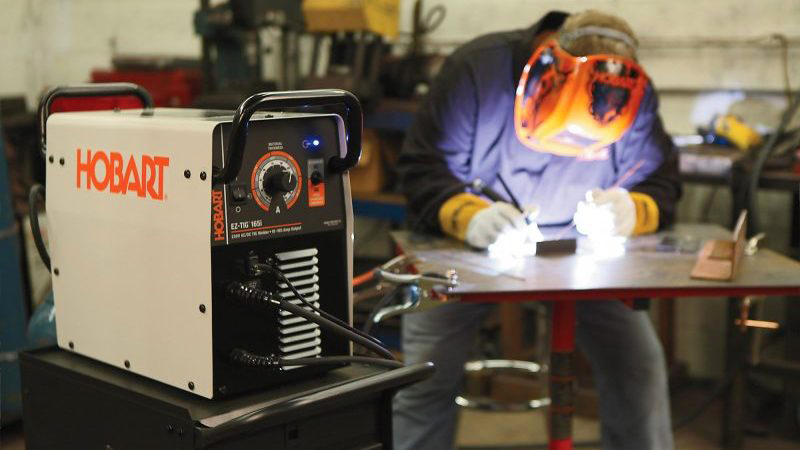

Those who are new to welding often want to know the difference between direct current welder and alternating current welding. So, today, in this AC vs. DC welding comparison post, we plan to put an end to those questions. So, what is the difference between AC and DC welding?
Well, both machines are connected to the ordinary electrical network, that is, to the local electrical supply, or the wiring of your house, apartment, or local. The difference is not in the electrical input but in its output.
In this ac versus dc welding article, we will explain what each type of polarity means, what you can do with them, and compare them side-by-side using similar criteria.
A welding machine is nothing more than a transformer, which decreases the voltage, and increases or regulates the amperage. However, there are two ways in which this machine can deliver its electrical output, which is alternating current and direct current polarities. Here’s a guide on the advantages and disadvantages of both.
AC welding is a welding polarity used in TIG welding aluminum. It’s ideal for shipbuilding as it allows high current settings than DC can allow you.
With alternating current (AC) machines, it is not that good results cannot be obtained on thin materials. But this depends on the skill of the operator, the regulation of the amperage, and the thickness of the rod.
So again, the operator must be quite experienced to obtain good results with alternating current machines. Something that should be mentioned is that alternating current machines tend to be faster and produce greater penetration into the metal to be welded.
But their aesthetic finish is not very good, and the demanding intervention of the operator makes the process slower. It tends to be more popular in the construction sector.
Alternating current lets you weld relatively high temperatures than with direct current, making it ideal for mainly TIG welding aluminum.
For instance, the YESWELDER TIG-250P welds at 250 amps, although it is both an AC and DC welder. Also, since aluminum has oxide on the surface if the alternating current goes into a certain positive polarity, this helps to remove the coating and wash the surface of the aluminum.
Asides from high welding heat, alternating current also gives stronger penetration. This makes it perfect for welding metal alloys in shipbuilding.
However, unlike direct current, it’s quite useful for welding magnetic metals. This is needed in making machine repairs as well as other construction and industrial applications.
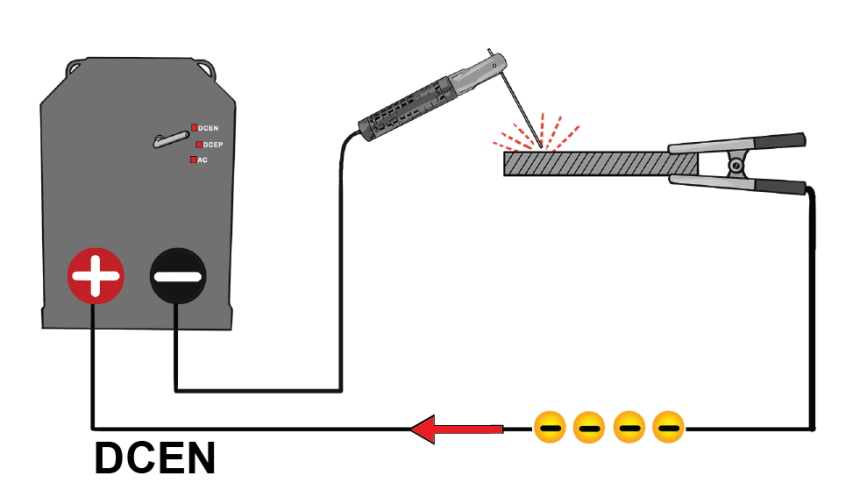
As operators we can alternate the earth clamp and the electrode holder in these polarities, connecting the electrode holder to the negative pole, and the mass to the positive pole, which is known as direct polarity.
The material to be welded will heat up more than the electrode. This helps us to obtain finer welds. DC welding is aesthetically more pleasant, but with less penetration.
If instead, we wanted the electrode to heat up more than the base material, we would need to connect the electrode holder to the positive pole, and negative mass. This is known as reverse polarity and with this, we accumulate a lot of heat on the electrode. It, therefore, ensures a greater penetration in the base metal but produces more carbon, and a not so aesthetic finish.
At this point we can say that with direct current machines, we will obtain more control over the welding process, we will work more comfortably, and the process will be simpler as well as faster.
DC gives you more flexibility. It’s also useful for a lot of applications compared to AC welders.
DC is mainly used in stick welding. As a result, it is used for vertical and overhead welding. In addition, since it doesn’t provide high enough temperatures, it’s ideal for welding thin alloy substances.
Other applications where direct current can be useful include TIG welding of stainless steel, carbon-only brazing, and heavy weld jobs. MIG welding also uses DC positive while flux-cored welding uses DC negative.
Next, we will compare these welding polarities, weighing them up with the applications, versatility, size and weight, and more.
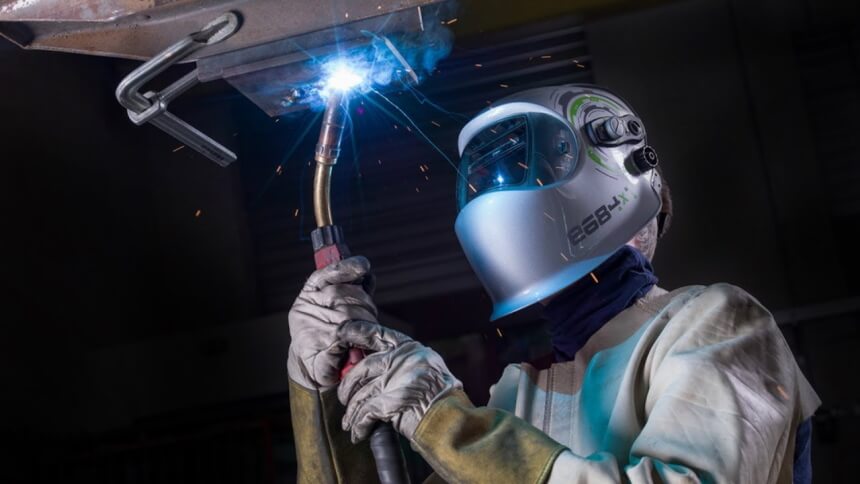
DC welders can be more versatile and flexible than AC welders. DC welding lets you carry out almost anything you can do with AC welders. However, such is not possible with AC.
While AC is good at making particular welds and being used on a particular metal, direct current is an all-rounder welder.
Best of all, DC is ideal for vertical and overhead welds Trusted Source What is the Difference Between AC and DC Welding? - TWI AC and DC welding are forms of arc welding that use different currents to produce an electric arc. These types of welding involve the creation of an electric arc between an electrode and the metal being welded. www.twi-global.com , which AC welders may not be suitable for. And you can choose to use positive or negative current, which further improves flexibility.
However, you should choose a contemporary type that is built to use both DC and AC if you want something truly versatile.
Arc blowing Trusted Source What is magnetic arc blow? - TWI Causes of and remedies for uncontrolled deflection of the arc (arc blow) and the defects it can produce, are described. www.twi-global.com is an issue welders deal with while welding. So, you have to consider this when choosing an AC or a DC welder.
Alternating current is a good way for solving the problem of arc blow. The important factors of arc blowing in welding would incorporate the magnetism of that arc or metal present. Therefore, by using the alternating present on AC, you’ll find a more studious arc while welding magnetic metals.
Today’s DC welders offer an arc that is more stable, but they still do not do as well as DC welders. However, it should also be noted that the arcing can be from external elements like the wind. Therefore, changing your working environment where the potential can help you to fix the problem.
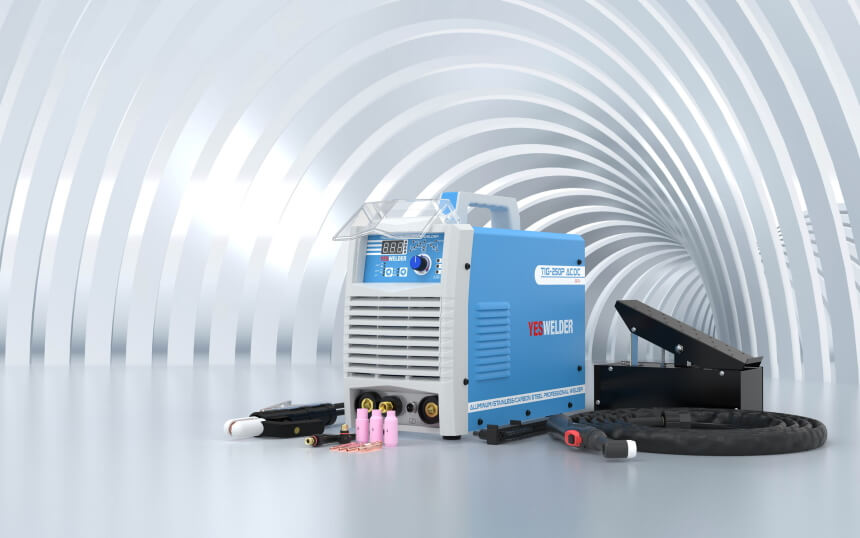
And while direct current welders may still be quite mobile since many versions will also incorporate a few wheels for extra freedom, a normal machine will be bigger and thicker than a comparable AC welder. Therefore, if the size is vital for you, choose AC welders.
AC welders are much cheaper than DC machines because they are considerably smaller and have a simpler layout. In addition, alternating current machines are widely available because they’ve been around for a long time, which further brings the prices down.
Both welding machines can be found in budget versions that can cost a bit more, but to acquire high-quality versions of either, you’ll want to at least spend less on AC and more on DC.
Since the source of electricity in many areas is based on AC, AC machines are also cheaper to use than DC models that will need the use of conversion kits to run on AC electricity.
There is no one better than the other, that’s the truth, in short. But if you want our personal opinion, before learning to weld with alternating current, you should learn to do it with direct current. This will give you a lot of experience, it will be cheaper, and when you switch to alternating current machines, it will be much easier.
In the market, there are machines capable of alternating between direct and alternating current, but we do not recommend them. Think about it, the more functions the machines have, the more expensive they are, the more complicated they are, the more difficult it is to repair, and the less efficient since the manufacturer must manage to put everything in a single housing.
So we recommend that you buy a piece of dedicated equipment for alternating current, and another for direct current, perhaps it seems a great investment, but it will be cheaper, and efficient.
Despite its many advantages, direct current welding has its raison d’etre and is widely used. DC welding is used to weld steel and non-ferrous metal alloys. AC welding, on the other hand, is often used when machining light metals such as magnesium and aluminum.
Of course, if they are going to be of value to you, there are machines that support both types of polarities.
One of the best models which support this possibility is the LOTOS TIG200ACDC. It’s an AC/DC aluminum TIG Welder that can also work as a DC stick or arc welder.
Welding is not just for specialist welders. Anyone with the basics can carry out DIY tasks to improve their home. So, you have to understand what the best polarity is.
As we have explained in our AC vs DC welding comparison article, both are great for different types of jobs. DC welders will probably be suitable if you want to find a fantastic versatile and flexible welding machine. Alternating current is ideal if you often work with aluminum or magnetized objects or if most of your welding tasks require deeper penetration of welds.

